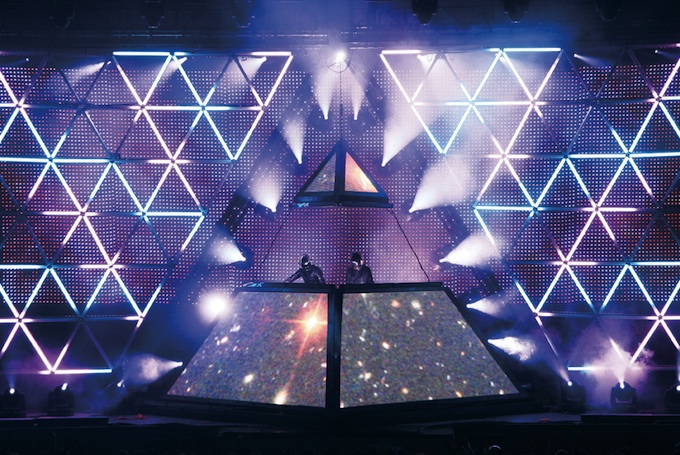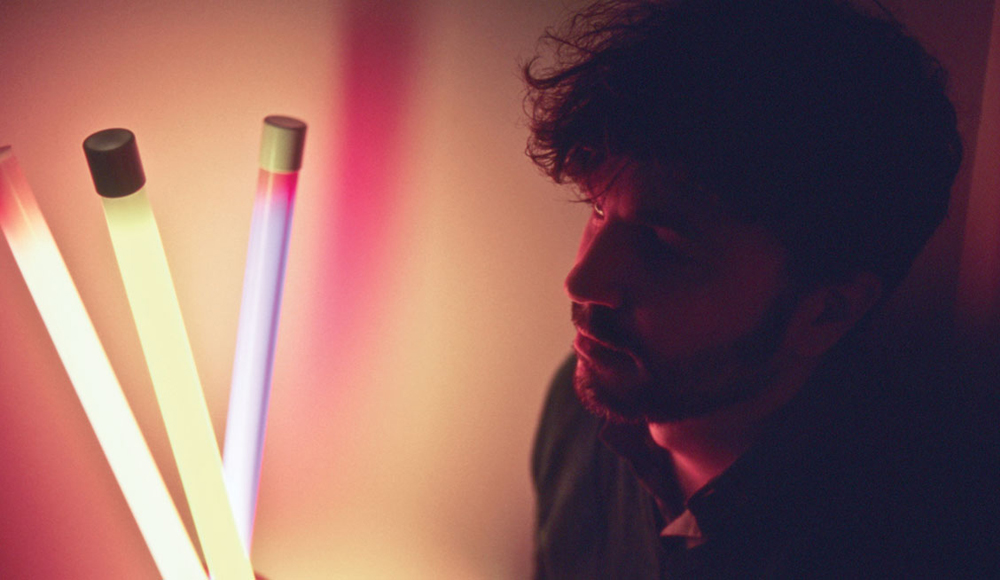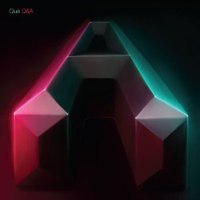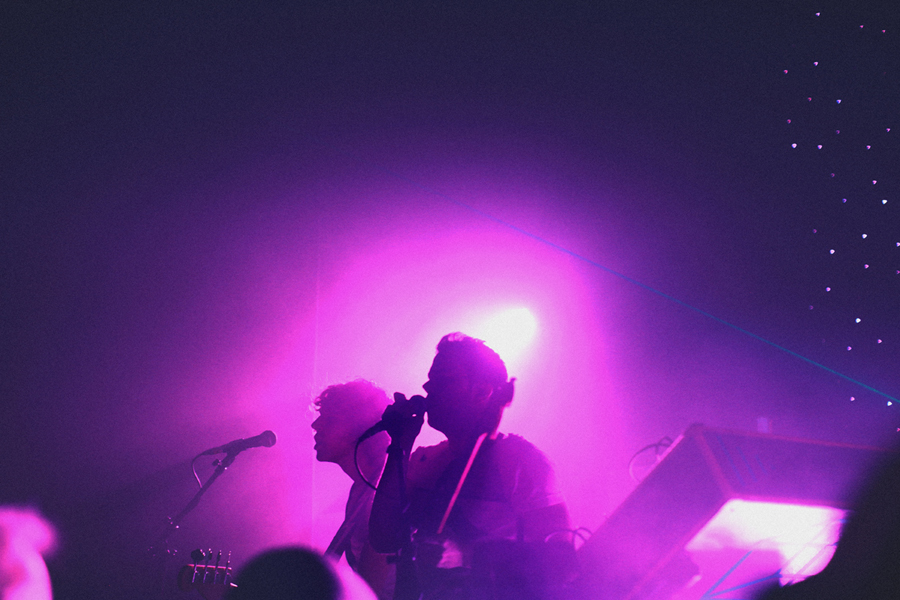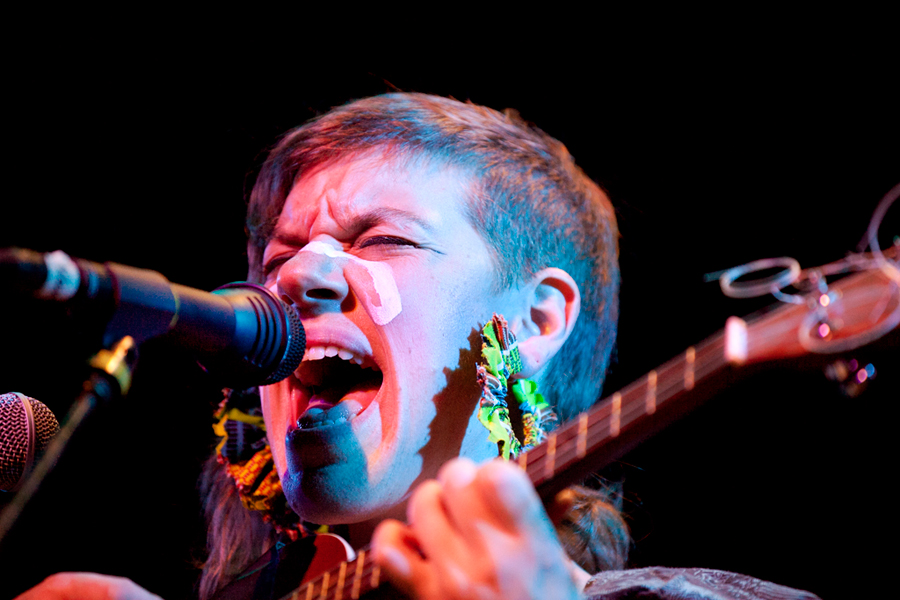This story first appeared in Chromatic: The Crossroads of Color and Music. Order your copy today.
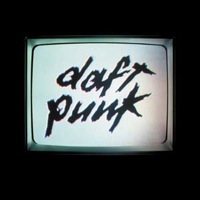 Daft Punk: Human After All (Virgin, 3/15/05)
Daft Punk: Human After All (Virgin, 3/15/05)
Daft Punk: “Technologic”
[audio:https://alarm-magazine.com/wp/wp-content/uploads/2012/03/daft-punk-technologic.mp3|titles=Daft Punk: “Technologic”]As the story goes, Daft Punk’s Thomas Bangalter and Guy-Manuel de Homem-Christo became robots at exactly 9:09 a.m. on September 9, 1999, in a freak sampler-related accident. However ridiculous, this bit of science fiction may fit no one better than the world-famous French dance duo, whose digitized existence has taken on a mythology of its own. Despite limited material and general unavailability, Daft Punk has managed to grow its legend and vast following, and this hands-off approach has led to speculation and hearsay that do more for the band’s popularity than an interview ever could. Of course, Daft Punk’s prestige is also due to one of the most talked-about live shows of the past decade.
By the early 21st Century, Bangalter and de Homem-Christo had achieved near-ubiquity on a global scale — whether listeners recognized their music as Daft Punk songs or not. But even after the two invented a new origin and delivered a new studio album — Human After All in 2005 — listeners felt like they knew the story. Initial reviews of Human After All criticized the album for being repetitive and not as elaborate, and some felt that the mystique was gone.

